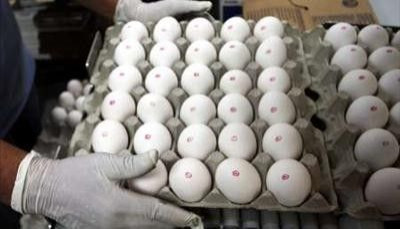NSW Egg Stamping Now on Full-Scale Implementation

Starting November 26, 2014, egg producers are required to label all their products individually with their unique code or number so consumers and authorities could trace the food source should a food-poisoning incident or outbreak occurs.
The Baseline Evaluation of the NSW Egg Food Safety Scheme states that the regulation was introduced to NSW in June 2010. According to the NSW Government, the producers have been given two years to prepare for the new national standards. Cases of small-scale egg production, those who turn out 1,000 eggs a day or 20 dozen will be given assistance and exemption.
Stamping can be done at the area where eggs are produced or at an egg-grading facility. Producers just have to make sure that the egg identifier or stamp is unique. The Food Authority has issued free hand stamps with pre-assigned 6-digit code to small-scale egg farmers so they could save on stamping costs. Exemptions were made for business owners selling smaller quantities of eggs for limited consumption.
During the past four years, more than 700 people reported cases of food-poisoning associated with eggs from NSW. Primary Industries Minister Katrina Hodgkinson says eggs are one of the leading sources of Salmonella.
The NSW Egg Farmers Association have issues regarding the effectiveness of the egg stamping. Director Jo Damjanovic says that it would be easier to trace egg source from the cartons if consumers get sick than rely on an egg shell thrown in the rubbish. Consumers can always refer to the packaging for product information.
Representatives from NSW Health and OzFoodNet also stated that strengthening trace-back capacity may not be fully achieved through egg stamping alone. Retailer and producer documentation has to be improved further as well.
The NSW Food Authority says that the introduction of the Egg Food Safety Scheme has been successfully implemented although more work has to be done.




















